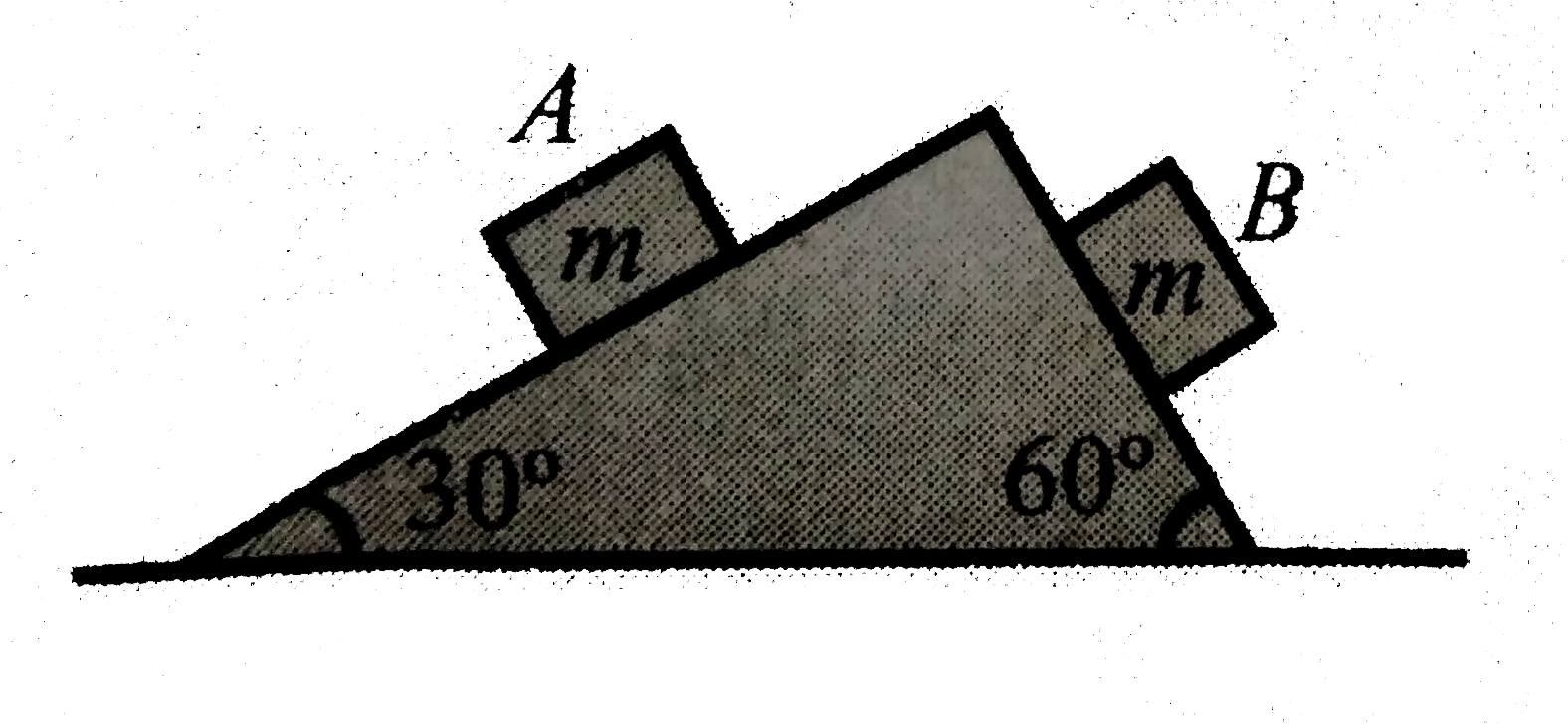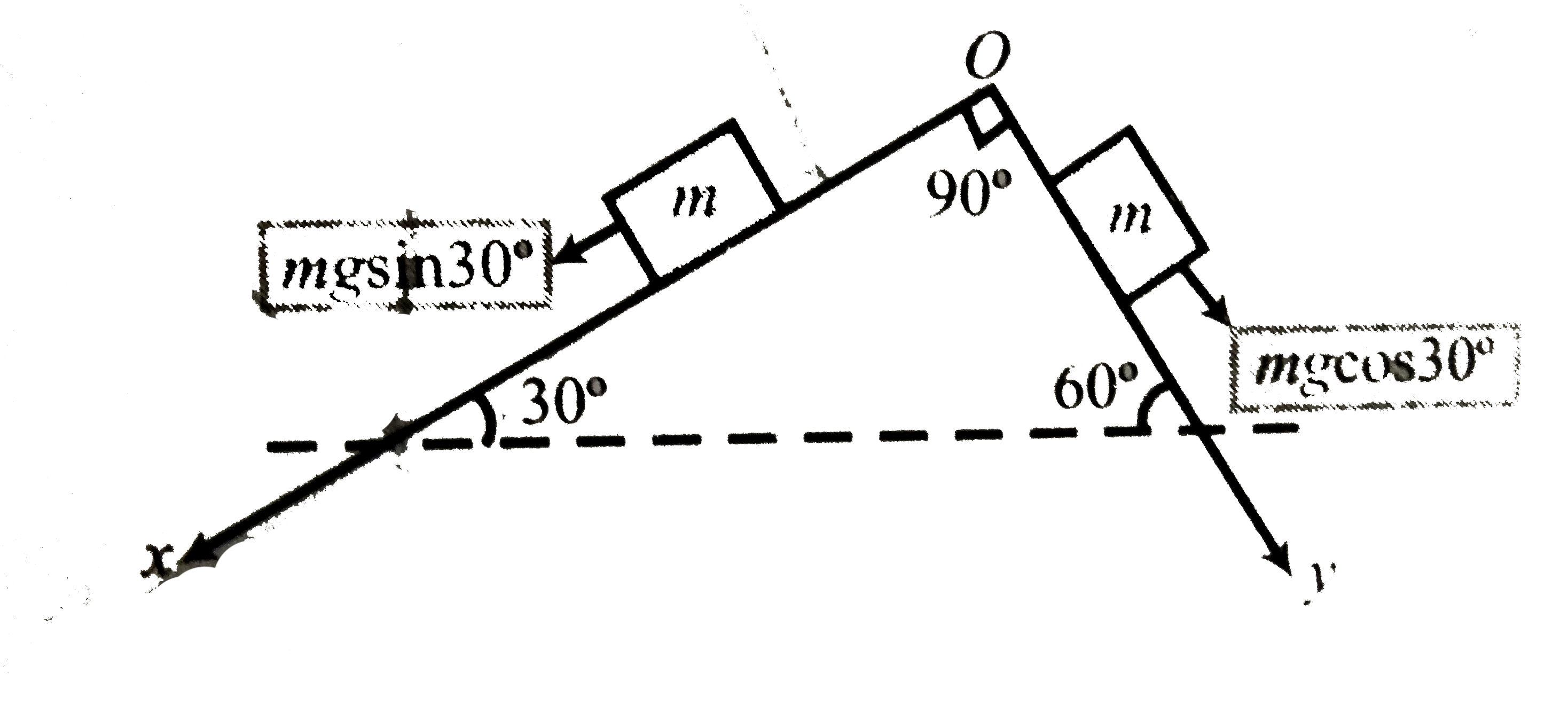Text Solution
Verified by Experts
|
Topper's Solved these Questions
CENTRE OF MASS
CENGAGE PHYSICS|Exercise Solved Examples|13 VideosView PlaylistCENTRE OF MASS
CENGAGE PHYSICS|Exercise Exercise 1.1|20 VideosView PlaylistCALORIMETRY
CENGAGE PHYSICS|Exercise Solved Example|13 VideosView PlaylistDIMENSIONS & MEASUREMENT
CENGAGE PHYSICS|Exercise Integer|2 VideosView Playlist
Similar Questions
Explore conceptually related problems
Knowledge Check
A
B
C
D
Submit
A
B
C
D
Submit
A
B
C
D
Submit
Similar Questions
Explore conceptually related problems

